The Exit Interview: Tina Berres Filipski
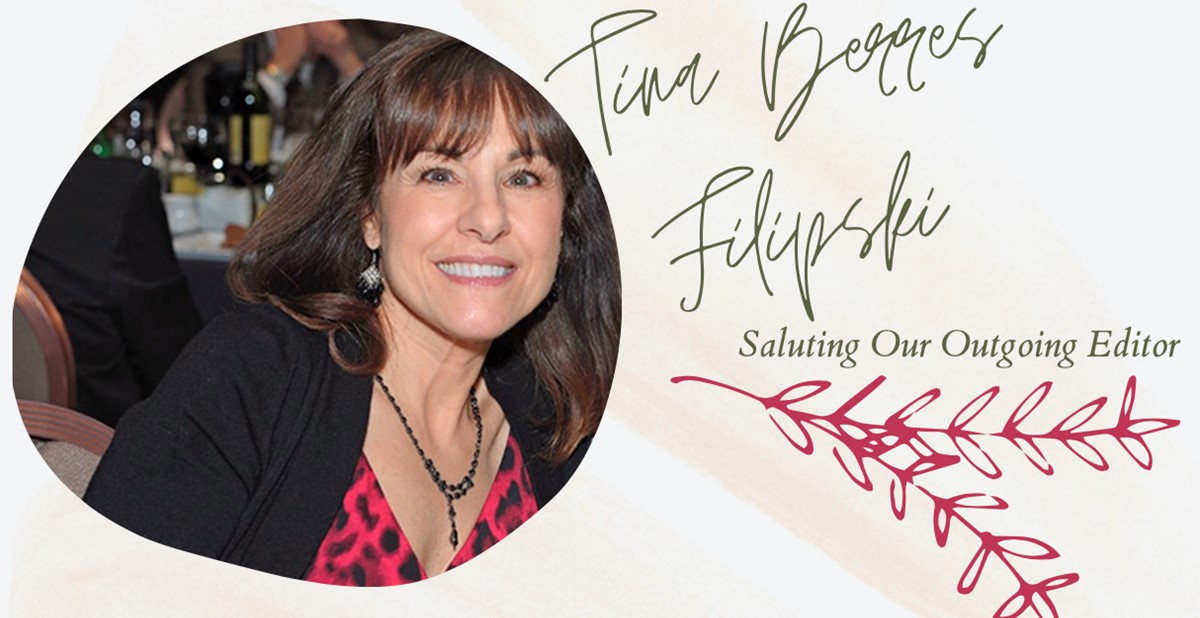
A favorite of many promotional products professionals, PPAI staffers and board members through the years, Tina Berres Filipski chose in January to move on to the next phase of her life and career following a massively impactful tenure with the Association.
In the months since her departure, we’ve heard how many members greatly missed their conversations with Tina as she reported stories, or simply seeing her name in their email inboxes each day.
Since announcing her plans to move on in the fall, she has graciously provided a smooth transition for PPAI’s media efforts, helping to select and onboard new Publisher and Editor-in-Chief Josh Ellis and continuing to contribute to PPB. After 26 years and countless stories, her byline continues to appear in the magazine, including the cover story in the upcoming June issue.
As a proper thank you—and, frankly, one more chance to squeeze out as much wisdom from her as possible—Ellis sat down with Filipski for an interview to recall some of her biggest accomplishments, the stories that defined the industry over the years, and her insight into what the future holds for promotional products.
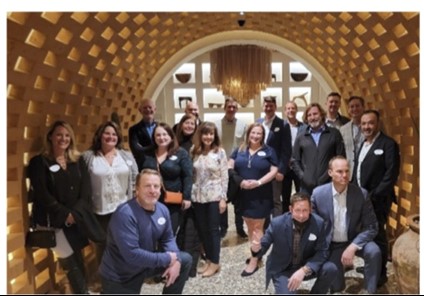
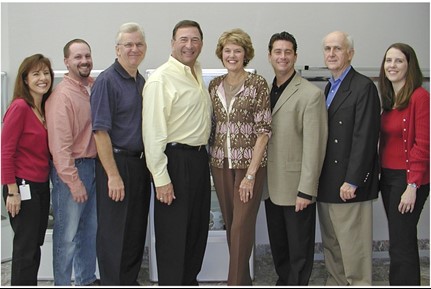
At dinner with the Board of Directors in 2022. Bottom: Tina served on numerous PPAI committees and work groups as a staff liaison, including PPEF.
Josh Ellis: Well, first things first, we all miss you. But how are you enjoying this new chapter so far? What does it feel like to be out of the game after being so dedicated to your work at PPAI for so many years?
Tina Berres Filipski: As hard as change can be, this was the right move for me personally and professionally. I definitely needed to step away, learn something new and stretch my capabilities.
Working remotely for the past two years during the pandemic prepared me to work more independently, so it’s been a smooth transition. I’m also enjoying the flexibility and ability to control my own time that freelancing offers. Since I’ve always thrived on being part of a team, I miss that daily interaction, but I am learning new industries and meeting new people through the projects I’m taking on, and that’s helping me feel a part of something much larger.
I’m blessed that I can look back on so many incredible experiences at PPAI, working with people I adored, and feel very satisfied and fulfilled with what I accomplished there.
You experienced and reported on a lot of massive changes in the industry during your tenure. How would you describe the evolution of promotional products over that time—down to the changes in what types of merchandise are popular as compared to before?
The industry has certainly grown and matured in response to all the changes taking place in the world around it. When I came into this industry in June 1995, PPAI was just about to debut its first website, publications were exclusively in print and all events took place in person. Distributors were mailing or faxing handwritten orders to suppliers; the accepted turnaround time to fulfill those orders was several weeks—and no one batted an eye!
Over the past two-and-a-half decades, there has been an incredible transformation in the industry, largely because of the adoption of technology, that has sped up and streamlined the entire ordering and manufacturing process. There has also been tremendous innovation in the types of products sold, how they are sold, who is selling them and how the products are used by the buyer. Our industry has done an impressive job of keeping up with what’s selling at retail and staying ahead of consumer demand with new product categories such as tech accessories, eco-friendly hard goods and apparel—including sustainable fabrics and earth-friendly materials—retail-inspired gear, on-trend colors and styles, and big-name branded products, especially in drinkware and coolers.
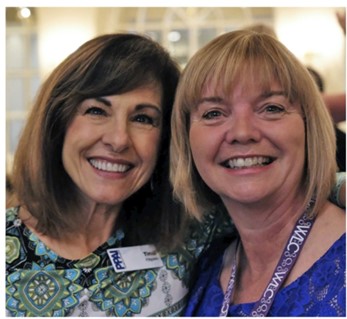
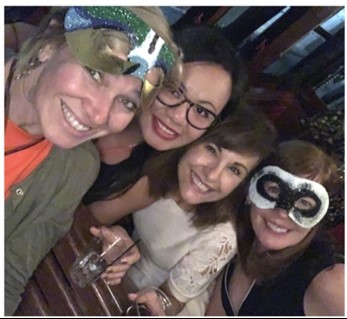
With Geiger President and CEO Jo-an Lantz at WLC. Bottom: With Kelli Denes, Julie Kwan and Anne Stone.
It seems to have been more of a mom-and-pop line of work at the start of your PPAI career. So many of the organizations are very corporate now. How has that altered the landscape?
This industry was founded on small, family-owned companies. But as business costs increased and customer demands grew, it made sense for companies to partner, sometimes with competitors, to add complementary strengths, minimize costs and maximize their deliverables.
Over the past 10 years or so, there have been hundreds of acquisitions on both sides of the industry resulting in large companies getting larger as many small companies who joined their ranks let go of their own brands. This has spurred a lot of concern that the industry would consolidate down to a handful of very large megacompanies, and that’s still a concern, but it hasn’t happened yet. Instead, the distributor acquisitions have strengthened those companies by creating one-stop-shops that offer a full range of marketing and advertising expertise with the ability to serve a wider range of industries nationally and even globally. On the supplier side, the acquisitions have added to the breadth and depth of their product range, allowing them to diversify with a much larger variety of hard goods and apparel.
Even though the total number of industry companies has declined in the past decade due to a combination of acquisition activity and pandemic fallout, entry into the promo industry remains easy, so it will continue to attract new players and reflect the changes they bring.

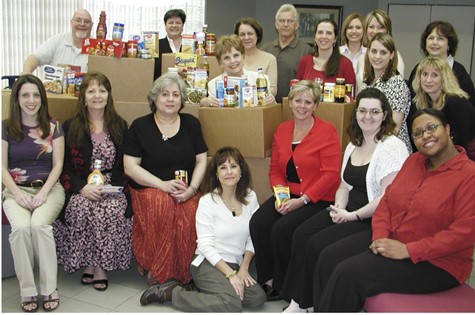
With Taylor Borst of ASB and PPAI's Anne Stone and Ellen Tucker. Bottom: Shown here at a PPAI food drive in 2007 (front and center), Tina regular volunteered for the Association's philanthropic causes.
Who are some of the people you met in your role who will always stand out in your memory, and why?
The people I’ve met at PPAI made working there so very special and, to be honest, they are why I stayed for 26 years. From my wonderful and fun staff colleagues to many members I interacted with over the years, I count myself lucky to have gotten to know hundreds of fascinating, successful and generous people who became my friends. I was able to listen to them and learn from them, and many truly changed my life with their friendship. I will always remember them and the experiences we had together.
There’s not space here to list all their names, but they know who they are. I’m grateful our paths crossed in this crazy life, and I plan to remain in touch.
How did PPAI itself change since you started?
The changes have been incredible, as you can imagine. Some of the key catalysts for change came from technology, which created huge improvements and opportunities across the organization such as email marketing, digital publications, ecommerce, webinars and online resources; more women and diversity on staff and in PPAI and industry leadership positions; legislation in 2008 that led to PPAI’s launch of its unmatched product responsibility program and PPAI’s partnership with SAGE, which added product sourcing to the Association’s offerings and spurred huge membership growth.
I’ve also seen PPAI improve overall by hiring staff who are true subject matter experts in their specific areas. Through focused marketing, public relations and legislative outreach, PPAI significantly has improved the promo industry’s image in the larger business world and become the undisputed voice of the industry. In the early 2000s, social media was introduced, which was a game-changer for all of us, especially in marketing, communications and sales.
Another thing: Over the years, PPAI has been intentional in making major improvements and investments in existing programs (such as The PPAI Expo), adding new programs and products, and sunsetting obsolete programs to maximize resources. The Association has truly evolved to meet the changing needs of members, and being a part of that progress was amazing.

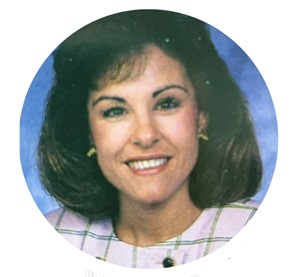
With colleagues at Rí Rá Irish Pub in Las Vegas, Tina's favorite for team dinners at The PPAI Expo. Bottom: Tina Berres Filipski in the early 1990s.
What about the media efforts you oversaw—what are some of the key turning points? You got in right as the Internet was becoming essential to reporting.
As I mentioned earlier, PPAI was on the cusp of introducing its website in 1995 and was beginning to use email to communicate with members. In 1998, we launched Newslink as a weekly email, and in 2006 added Promotional Consultant Today, a daily dose of inspiration delivered by email. Both are still being published, but Newslink has since doubled its frequency.
Over the years, PPB continued to evolve with new sections and several redesigns. At one point, the page count was around 300. We added a website and that has continued to evolve, giving members easy access to stories and information. When I came onboard, the three-person editorial team was writing and designing PPB. I contracted with a design firm, which made a big difference in the look of PPB and freed up the editors to do what they did best—write. In 2016, we celebrated PPB’s 40th anniversary with a complete redesign and a new logo.
One of the nice things about PPAI is that it’s OK to take some calculated risks. For example, in 2006 we added a second digest-size monthly print magazine specifically for distributors, Promotional Consultant; it was around for several years but couldn’t sustain enough advertising. We also introduced a custom tablet edition of PPB and a free app in 2013 that featured articles from PPAI publications and a real-time news feed, but it too was short-lived; I think it was ahead of its time because apps were so new then.
An amazing fact is that, since 1995, the back cover has belonged to only two advertisers: World Wide Line and Evans Manufacturing.
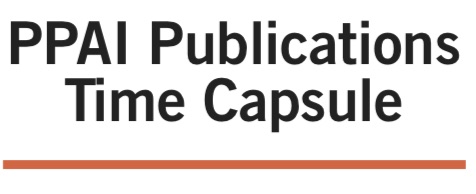
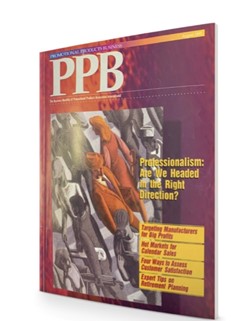
The August 1995 issue was Tina's first as editor of PPB.

Tina led celebrations of PPAI's 100th anniversary in 2003, helping to produce a commemorative coffee table book.
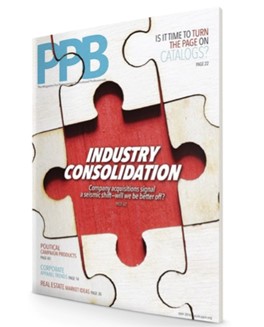
In May 2016, PPB marked the onset of a pattern of mergers and acquisitions in the industry.
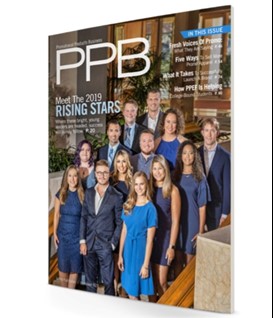
PPB's Rising Stars honors began under Tina's watch and remains an important distinction for emerging industry leaders.
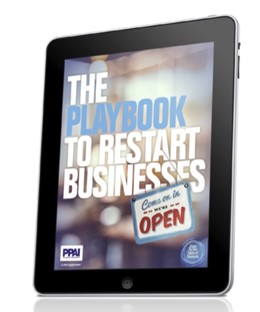
A special supplement in 2020, The Playbook To Restart Business offered PPAI's insight on surviving the COVID-19 pandemic.
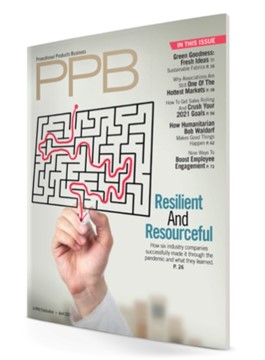
The April 2021 issue of PPB showcased how scrappy distributors and suppliers navigated life during the pandemic.
What are some of the proudest moments of your career at PPAI?
I’m really lucky to have had some incredible opportunities and to work with people who helped me so much along the way.
One highlight is when I was tapped by then-Board Chair Bob Davis to lead PPAI’s 100th anniversary celebration back in 2003. I worked with a committee of industry leaders and legends to produce a video, a coffee table book on PPAI’s history (with author Rick Ebel), a traveling vintage product exhibit, a product competition and two ballroom-sized parties at The PPAI Expo to welcome in the anniversary year in January 2003 and close it out in January 2004.
Around that time, I was also asked to head up our buyer outreach initiatives and I planned PPAI’s first involvement with Advertising Week in New York, along with leading the Buyer Task Force and End Buyer Advisory Council. Those experiences gave me fresh insights and many new contacts.
I’m also proud to have developed and run PPB’s five annual recognition programs that spotlight deserving individuals and companies: Best Multi-Line Reps, Greatest Companies To Work For, Rising Stars, Best Bosses and Service Superheroes. My favorite part of the Rising Stars program was introducing them at our North American Leadership Conference. I’ll never forget those shining faces as we photographed the groups for PPB’s covers.
Another proud moment just happened last year when we won the Gold Circle Award from American Society of Association Executives for our digital supplement, The Playbook To Restart Businesses. Board member Kevin Walsh called me one day with an idea, and I jumped at the chance to create it. I was very happy with the result, and it was gratifying to add another trophy to our shelves.
Finally, I can’t fully answer this question without adding that I had proud moments almost every day at PPAI. I was so honored to be part of that team.
What have been the most impactful stories that re-shaped the industry during your time, and how did you approach them?
Over the years we covered so many national and international issues, some that altered the trajectory of the industry. One of the toughest was covering the impact of 9/11, which began on that fateful Tuesday in 2001 and continued with stories over the next weeks and months as we reported on members that were directly affected and the aftereffect of that terrorism on our industry.
Other world issues that affected our industry, and that we covered extensively, were the tariffs on Chinese goods and the supply chain crisis. Both of those struck powerful blows to our industry because they caused prices to skyrocket, and the supply chain problem, of course, led to a scarcity of products that we really hadn’t seen on that scale before. Our aim was not only to keep readers updated but to report how industry businesses were navigating through these challenges.
The other big issue was obviously the pandemic, with news stories beginning in March 2020 about the lockdowns, layoffs and business closures, and evolved to reporting on how companies were surviving and how our industry was transitioning to sell PPE. There were many great stories that came out of this crisis as the promo industry stepped up to deliver the products that were really needed at that time. We also produced in-depth PPB stories that examined the work-from-home revolution as it opened up new opportunities for promo products, and we talked with company owners to learn how they were retooling their operations and changing their sales approach to help them survive that tumultuous time.
My staff and I saw the pandemic from a unique vantage point and learned just how strong and resilient our members could be. It inspired us.
What do you think the future holds for the industry? What are the key opportunities and challenges to the marketplace?
The promotional products industry dates back to at least the 1870s and PPAI to 1903. That’s a very long time, and the reason they’ve survived is because of their ability to evolve. Being able to change with the times is essential to staying relevant.
PPAI’s keen ability to exercise strategic foresight will continue to help it spot trends that hold new opportunities as well as threats. Environmental concerns will be the catalyst for many more changes within the promo industry in terms of manufacturing practices, energy use, product materials and the type of products sold. Products that replace single-use items and those that are kept for a long time have the best future.
I hope in-person events are back to stay, but the industry has proven its resilience and flexibility to seek out new business, new markets and new ways to remain valuable to customers.
Unfortunately, the ongoing supply chain delays and soaring fuel costs will continue to drive up prices in all industries. Our world is in a state of turmoil right now, and who knows what’s next, but I truly believe marketing will remain essential because companies and organizations must differentiate themselves—now more than ever.
Compared to other types of media, promotional products are still a smart buy. Distributors who stay on the leading edge by offering a wide range of marketing expertise will be in the best position to reap the rewards. I’m a glass-half-full kind of person, so I am optimistic about the future despite the challenges everyone is facing right now.
Given its long history and amazing ability to stay relevant, I believe the industry has a very bright future ahead.
Josh Ellis is the publisher and editor-in-chief at PPAI.

